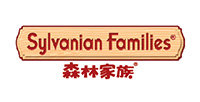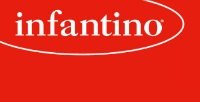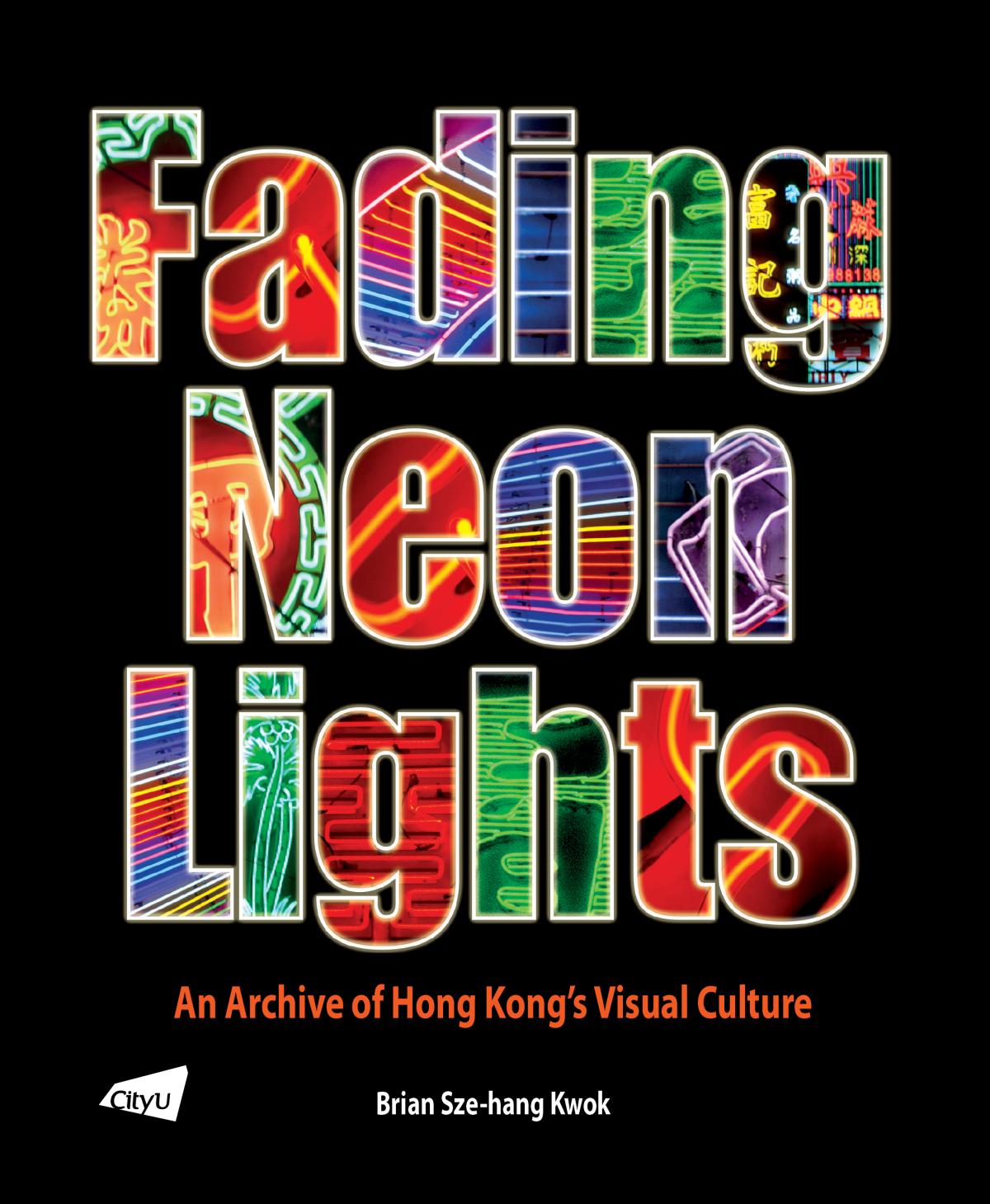Preface
In early 2018, the news went viral that the Mak Man Kee Noodle Shop was going to take down its neon signboard, an iconic piece suspended over the shop for decades. It caused me so much worry that I felt like a cat on hot bricks because it was a part of my childhood memories in addition to being a community landmark. Sometimes when I had lunch in the neighbourhood, I would make a detour to the shop just to look at the neon signboard, as if I was visiting an old friend. Just looking at the sign would warm my heart.
A number of well-loved shops have removed their neon signboards in recent years, including Kai Kee Mahjong, Shun Hing Restaurant, Law Fu Kee (a local traditional noodle and congee restaurant), and Sammy’s Kitchen. However, the Mak Man Kee sign was special to me because of the emotional connection I had with the shop, and it made me feel even sadder that M+, the museum for visual culture in Hong Kong, decided not to preserve the neon signboard, which would have been a valuable piece because of its unique design and Chinese lettering. Two weeks before the demolition, I got in touch with the contact person of Mak Man Kee and tried to persuade them to donate the neon sign to the School of Design at Hong Kong Polytechnic University for preservation and research purposes. I also discussed storage possibilities with my colleagues. The school replied that a short-term exhibition would be possible but not long-term preservation due to space limitations. Mak Man Kee finally agreed to my proposal given that the school would be responsible for the demolition, transportation costs, and other necessary arrangements. Unfortunately, after many rounds of discussion, I ultimately had to give up on saving the neon sign because of resource constraints and other limitations.
I still remember the day the workers took down the signboard, I grasped the last chance to ask for a tiny piece to keep as a memento. One of the workers, looking impatient, asked me: “I will take down the signboard and bring it to the landfill. What does it have to do with you?” I understand that the worker was doing his job, but it was such a shame to see such a historical neon sign end up in a landfill. Why not preserve it for history and educational purposes? The worker went on with his work — he demolished the sign and drove it to the landfill.
The worker’s question has lingered in my mind: “What does it have to do with you?” I gave deep thought to his question and kept asking myself why I cared so much. What is the purpose of documenting and studying neon signs? Is it for the sake of my childhood memories, or does it convey a deeper meaning? Some people say that the pace of urban development has been too fast and furious for small shops to survive, that connections between people have been broken, and that traditional visual culture has been ruined. Yet, some people argue that change and progress should be embraced — as the saying goes, “out with the old, in with the new”. Isn’t it good to have a neat and clean neighbourhood and people’s lives improved? Our living routines will not be affected if a couple of neon signs are demolished. Are they worth preserving? To answer this question, we must ask several others: what impact do neon signs have in a community? What values do the people living there attach to them? I would say that neon signs foster a sense of belonging and a sense of security in people towards a place because they play a part in our growth and signify the emotional bonding and memories we developed nearby. But how is this emotional bond with a neon sign, or our environment in general, formed? And why is this bond important in the development of memories? ...






































